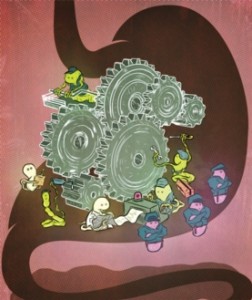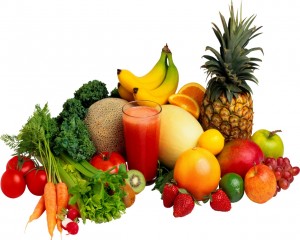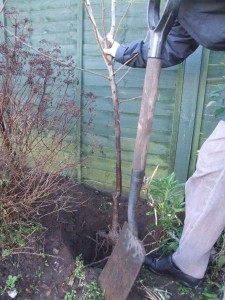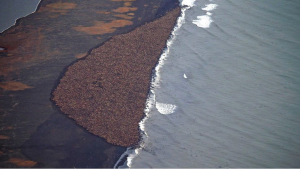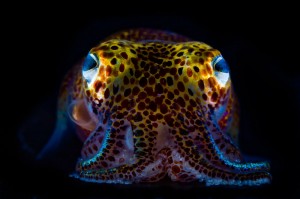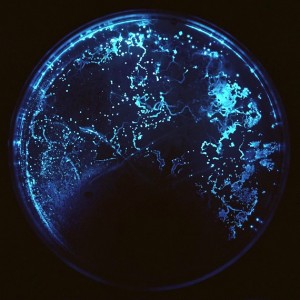Advancements in the function of powered prosthetic limbs have been few and far between in the last 50 years. That is not to say that their structure and mechanical design have not improved, but current prostheses still limit the wearer’s motion control and sense of touch. Researchers at the Case Western Reserve University of Ohio recently performed a study in which they implemented pressure sensors to more closely mimic what a person with a normal arm would feel.

Prosthetic limbs aim to mimic real limbs by communicating directly with the brain. Image source: Gizmag
Touch perception, one of our five senses, is a critical part of the human experience and helps build our basic perception of the world around us. In humans, the somatosensory system (touch, or tactile perception) critically depends on the nervous system. When you touch a surface, for example placing your hand on a table, sensors on the skin’s surface initiate an electrical signal that is conducted to the brain via the spinal cord, and allows the impact to be felt by the hand. The term ‘stimulus’ simply refers to an electrical signal coursing through our body that is processed by our brain, and interpreted as an instruction for reaction. However, in individuals lacking normal limbs, this pathway cannot occur because the skin sensors are not present. In general, modern research in the field aims to improve two-way communication between the wearer and their prosthetic limb.
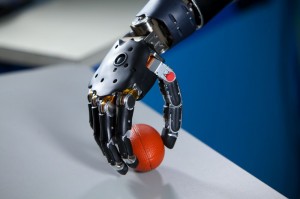
New technologies in prostheses aim to improve the communication between brain and limb. Image Source: Flickr commons; Uploader: U.S. FDA
Many people who currently wear prosthetic limbs complain that the appliances create unnatural sensations that are distracting and unpleasant. Moreover, current prosthetic limbs cannot directly convey stimulation to the wearers. Dr. Dustin Tyler and his colleagues at Case Western Reserve University proposed a solution for this problem. They hypothesized that if they could generate electrical signals in varying intensity to nerves (lying outside of the brain and spinal cord), this would produce sensory restoration. The team’s main improvements to the existing prostheses were as follows. Firstly, they created an ability for wearers to vary their grip strength, and secondly, they decreased the level of discomfort endured by the wearer.
In order to create a stimulation, the team connected electrodes that could create electrical impulses into the subjects’ upper limbs. Researchers also added pressure sensors to subjects’ artificial fingerprints that had the capacity to respond to varying stimulation patterns. Two parameters were tested. Firstly, by altering average signal intensity, researchers found that the wearer could precisely control the size of the area their hands were in contact with. Secondly, by changing signal frequency, researchers found that the wearer could control their finger strength. The combination of these two features gave wearers an enhanced ability to manipulate delicate objects. Also, users of the research team’s prosthetic limbs described the sensations as natural and comfortable.
The video below shows a prosthetic limb user performing the delicate task of removing a stem from a cherry. Those who were using nerve stimulation technology perform significantly better than those without it.

-Imran Mitha



